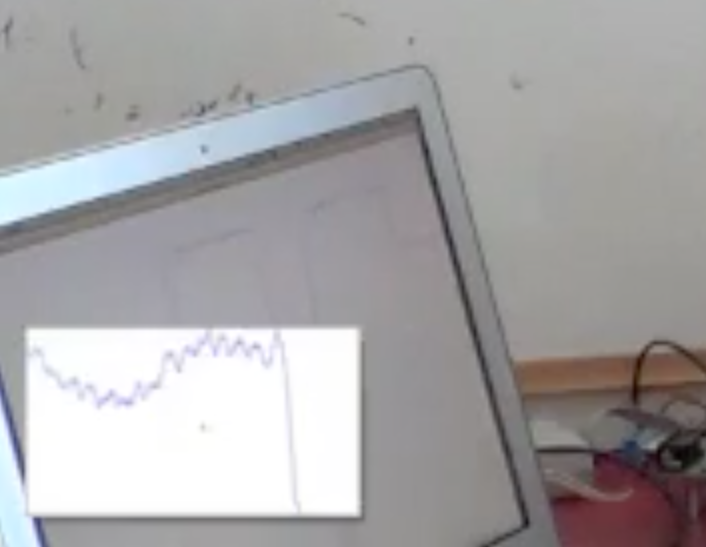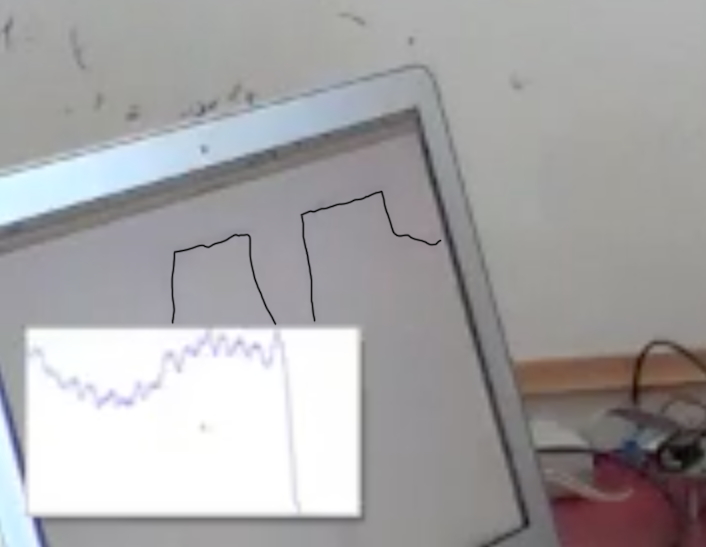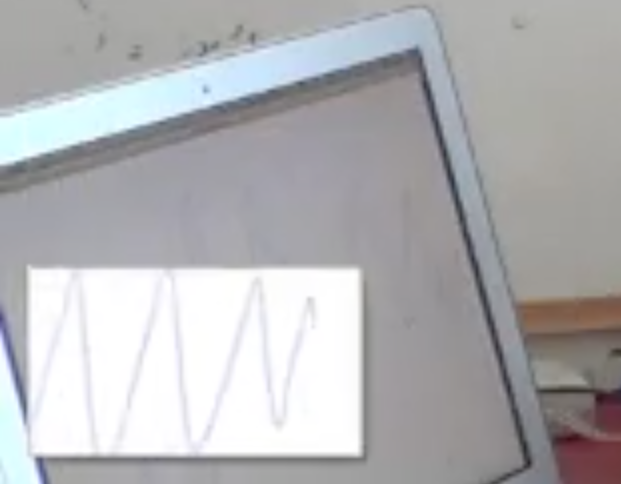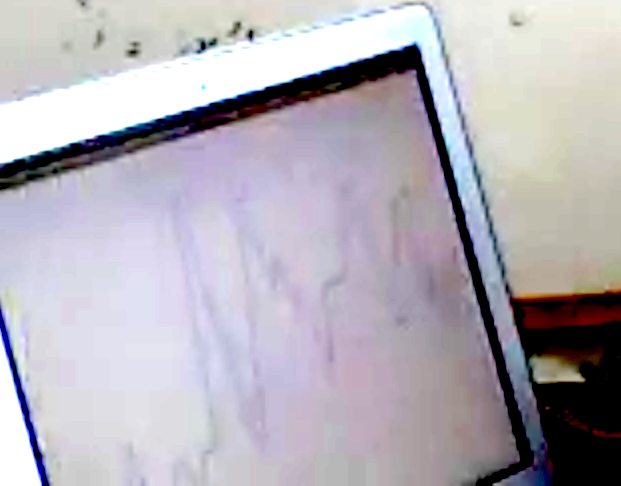The Angel health monitor team released a video demonstrating a prototype this week, but we’re not exactly impressed.
Demo
You might remember Angel from our write up a few weeks ago. So far, the team has made a bunch of outlandish claims on this project, and we haven’t seen a whole lot of evidence backing them up. They hoped to change that this week by providing a short video demonstrating the heart rate monitoring features, but I’m not exactly sold.
Firstly, the demonstration shown doesn’t really address the problems that are likely to plague a wrist-mounted heart rate monitor. No matter what method is being used to measure a person’s heart rate, it’s going to have to amplify whatever it measures substantially. The real challenge is amplifying the heart beat signal while not amplifying any of the other noise that might be present on a wrist band while the user is walking or running.
I find it very believable that the device demonstrated worked while sitting motionless on a desk because that’s actually very easy to do. Heck, he could have just used a toothpick and a marshmallow:
The real question is what the signal looks like when he moves. I want to see that demo.
Demo?
Secondly, the staging for this video required a small picture in picture to pop up and make what’s shown on the laptop’s display more visible. Although I’m not doubting that the video inlay shown was generated by the prototype (because remember, it’s pretty easy to do), I do think that it’s not the video that was present on the display during the actual recording session.
Here’s a screenshot as the image is popping up:
It’s a little hard to make out what’s on the laptop’s display in a static image, so I took the liberty of tracing it below:
As you can see, the display is not showing what’s shown live on the laptop. Okay, so maybe they got the video a little out of sync and the inlay is a little behind the live display. What about when the popup shrinks away at the end?
Shown below is a screenshot from three frames later with some substantial contrast added to make it easier to read the display:
Not only does that not look like the inlay, it doesn’t look like anything that was ever shown on the inlay.
So yes, I’m being a little pedantic here. I can imagine that they weren’t able to get the screen capture software running at the same time as their live demo, so they had to fake it. I can understand that.
The more distressing part is that that second waveform looks terrible compared to what they’re advertising. Maybe under the right conditions they can make the waveform they’ve shown, but apparently their hardware isn’t robust enough to do it live during a video demo.
More distressing is that I think they’re counting on developers working with their SDK to develop applications to make sense of this mess instead of solving it themselves. They even try to spin it as a feature saying that most heart rate monitors only show the numeric heart rate rather than the raw data. Of course a toothpick and marshmallow can show the “raw data”. The real challenge is getting the actual heart rate.
Developers are smart. They’ll fix it in software.







I would disagree, while the video is a little fudged up, I think they do have a decently working heart rate sensor.
The thing is, it’s not exactly a huge accomplishment in the first place. Here’s an arduino based product, off the shelf, complete with circuit diagrams, example code, etc.
https://www.sparkfun.com/products/11574
The sparkfun module is for fingertip use (and that’s a really common sensor these days used in a lot of medical stuff), getting a good signal off the fingertip is really easy. Doing that same thing on a wrist band is likely a lot harder, especially if you expect decent battery life in line with their claims of monitoring your heartbeat 24/7 to somehow warn you of health problems. Right now there are wristwatches that can measure heart rate (like the Mio) but not for very long between charging.